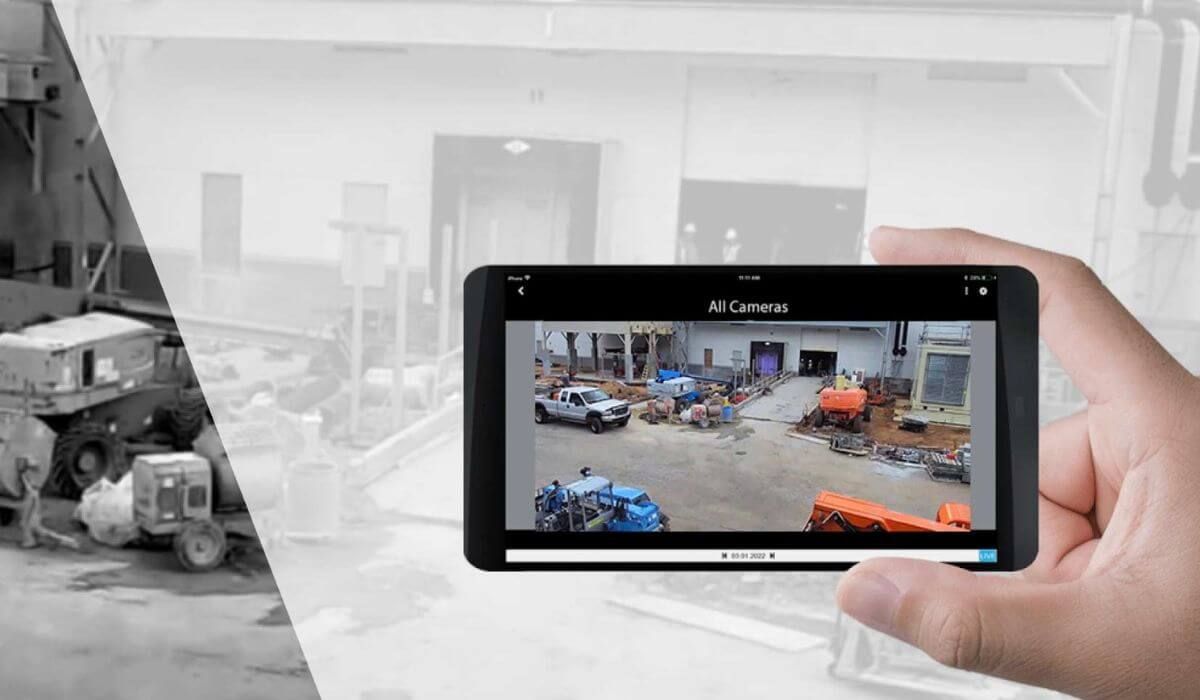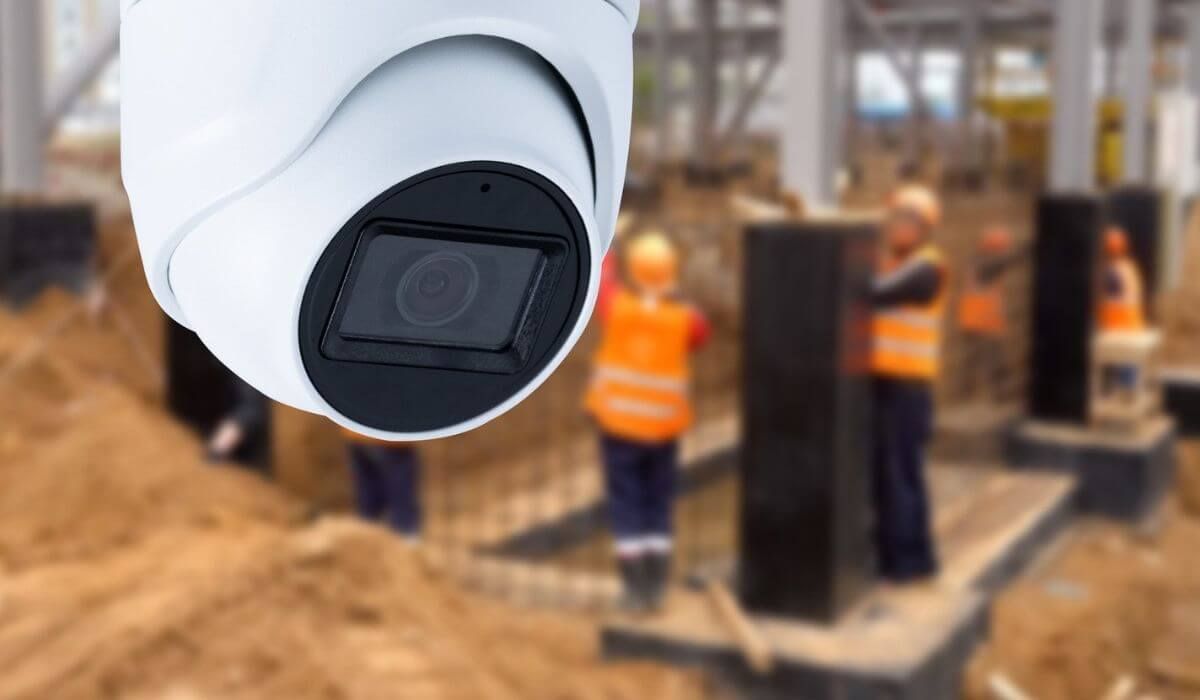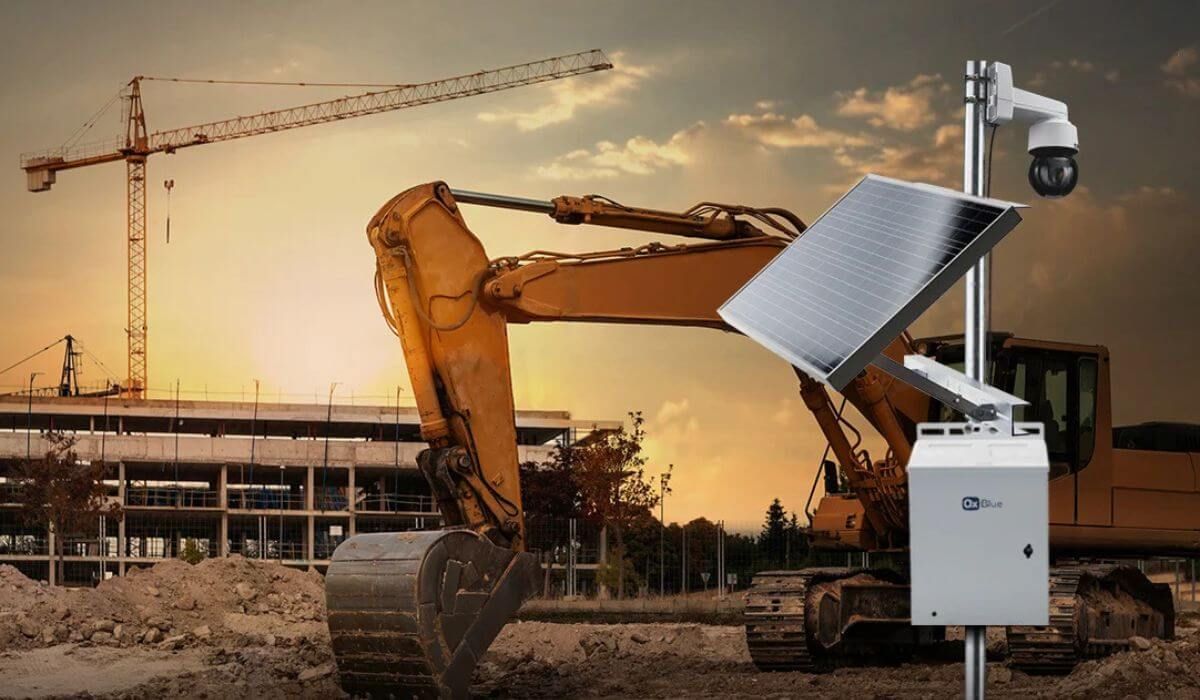3 Most Popular Audio Visual Installation Types (Tailored to Your Needs)
Have you ever dreamt of a home theater experience that rivals the cinema? Or perhaps you've considered improving communication and collaboration in your office through video conferencing?
Audio-visual (AV) installations play a key role in enhancing our experiences in a variety of settings. This article will guide you through a wide range of AV applications that can significantly improve how we live, work, and learn - from creating immersive entertainment systems in our homes to facilitating clear communication in businesses and educational institutions.
Audio Visual Installations by Application & Types
1. Home Entertainment
Home Theater Systems
Dreaming of replicating the magic of the cinema in your living room? Look no further than a home theater system. These systems typically involve several key components:
- Projectors: The centerpiece, projecting high-definition visuals onto a dedicated screen.
- Screens: Available in various sizes and materials, offering a flat surface for optimal image quality.
- Speakers: Surround sound systems with strategically placed speakers create an immersive audio experience.
- Receivers: The central hub, processing audio and video signals and directing them to the appropriate speakers and display.
When planning your home theater, keep these factors in mind:
- Room Size: Match your screen size and speaker placement to your room's dimensions for the best viewing and listening experience.
- Seating Arrangement: Consider optimal viewing angles and ensure comfortable seating for everyone.
- Budget: Home theater systems can range from modest to extravagant. Determine your budget beforehand to guide your equipment selection.
TVs & TV Accessories
For those who prefer a more traditional setup, high-quality TVs remain a popular choice. AV installation services can ensure proper mounting for optimal viewing angles and access. Additionally, soundbars offer a significant audio upgrade compared to built-in TV speakers, while surround sound systems provide a truly immersive experience.
2. Business & Education
Video Conferencing Systems
In today's globalized world, video conferencing systems are essential tools for facilitating remote communication. These systems allow businesses and educational institutions to conduct meetings, presentations, and lectures virtually, regardless of location.
Video conferencing offers numerous advantages, including:
- Increased collaboration and teamwork across geographical distances.
- Reduced travel costs and time commitments.
- Improved accessibility for remote participants.
A variety of video conferencing solutions cater to different needs and budgets. Options include cloud-based platforms, dedicated hardware systems, and software applications that integrate with existing communication tools.
Public Address Systems (PA Systems)
Public address (PA) systems are crucial for clear communication in various settings, including offices, schools, and retail stores.
PA systems find diverse applications:
- Making announcements in offices or schools.
- Playing background music in retail stores to enhance the customer experience.
- Providing emergency instructions during fire drills or other situations.
The ideal PA system size depends on the intended use and the size of the space it needs to cover. Features to consider include speaker types, microphone options, and integration capabilities with other systems.
Control Systems
For businesses and educational institutions with complex AV setups, control systems offer a unified approach to managing equipment. A single interface allows users to control projectors, screens, sound systems, and lighting, streamlining presentations and enhancing user experience.
Control systems provide several advantages:
- Simplified operation for users of all technical backgrounds.
- Reduced need for multiple remotes and manual adjustments.
- Increased efficiency and automation of AV setups.
3. Public Spaces & Events
Digital Signage Systems
Digital signage systems utilize digital displays to present information and advertising in public spaces. These displays can be strategically placed in lobbies, waiting areas, or along walkways to capture audience attention.
Digital signage offers a dynamic platform for:
- Displaying real-time information, such as news updates or transportation schedules.
- Showcasing promotional content or advertising messages.
- Providing wayfinding assistance for visitors in large buildings.
When installing digital signage, consider factors like:
- Visibility: Ensure displays are positioned in high-traffic areas for optimal viewing.
- Content Relevance: Tailor the content displayed to the specific audience and context.
- Screen Size and Brightness: Choose displays suitable for the viewing distance and ambient light conditions.
Interactive Whiteboards
Interactive whiteboards revolutionize presentations and collaboration in educational and corporate settings. These touch-sensitive displays allow users to interact directly with digital content, fostering active learning and engagement.
Interactive whiteboards offer a range of advantages:
- Enhanced visual aids for presentations and lectures.
- Interactive learning experiences for students or trainees.
- Collaborative brainstorming and note-taking capabilities for teams.
Essential AV Equipment Components
Projector Screens
The projector screen acts as your canvas, significantly impacting the viewing experience. Projector screens come in various types, each with its advantages:
- Manual Screens: These are the most budget-friendly option. They are perfect for occasional use and retract into a casing when not in use.
- Electric Screens: Electric screens offer a touch of luxury with a motorized retraction mechanism. They are ideal for frequent use and create a more polished aesthetic.
- Fixed Screens: Designed for permanent installations, fixed screens provide a taut surface for optimal image quality.
Ideally, the screen should fill your field of view without overwhelming the space. A general rule is to maintain a distance between the viewer and the screen that is two to three times the screen's diagonal width.
Screen material also plays a role. Matte white screens are the most versatile option, offering good picture quality in most lighting conditions. However, for rooms with high ambient light, a high-gain screen can enhance image brightness.
Speakers & Sound Systems
Equally important to the visuals is the audio. Here's a breakdown of speaker options and placement for an immersive experience:
- Soundbar vs. Surround Sound Systems: Soundbars offer a simple and space-saving solution for improved sound quality over your TV's built-in speakers. Surround sound systems, however, provide a more multi-dimensional audio experience, ideal for home theaters or dedicated media rooms.
- Speaker Placement for Optimal Audio Experience: For surround sound systems, proper speaker placement is essential. Ideally, the center channel speaker should be placed directly below or above the screen, with the left and right front speakers flanking the sides. Surround speakers should be positioned slightly behind the listening area.
When choosing speakers, consider the size of your room and your budget. Larger rooms will require more powerful speakers to fill the space with sound.
While some AV equipment might seem straightforward to set up, it is recommended that you consult professional installers to ensure optimal performance. They can handle complex configurations, calibrate equipment for the best picture and sound quality, and conceal wires for a clean aesthetic. Ultimately, professional installation saves you time, frustration, and guarantees a system that functions flawlessly for years to come.



